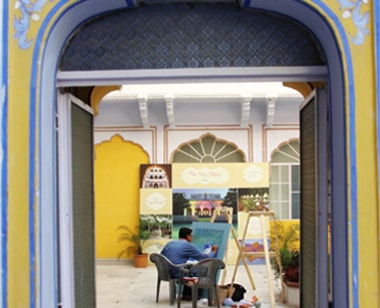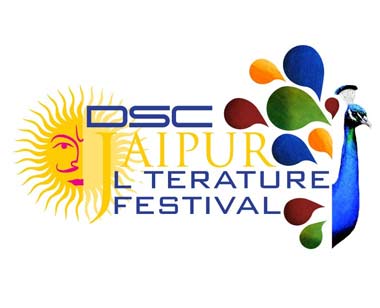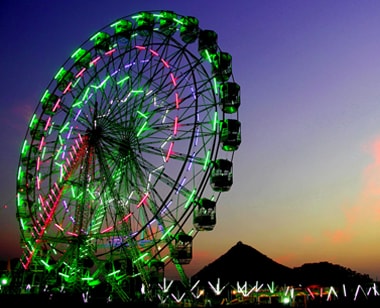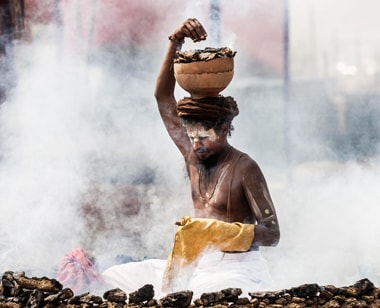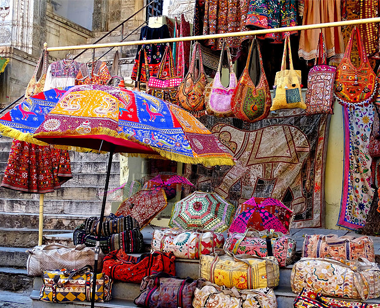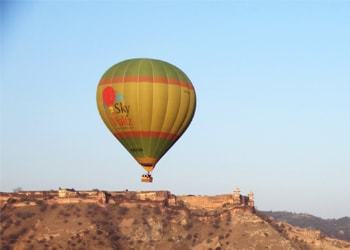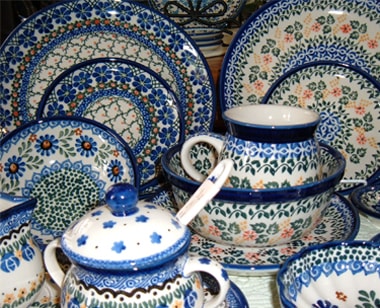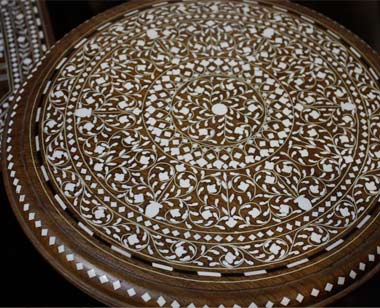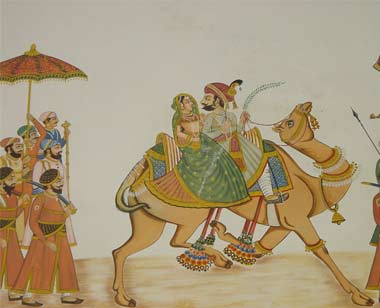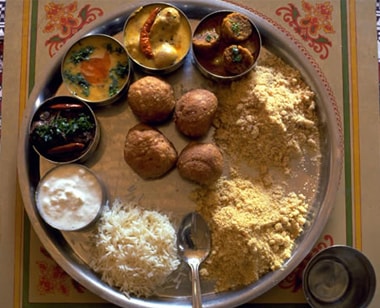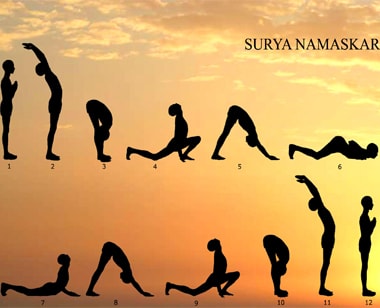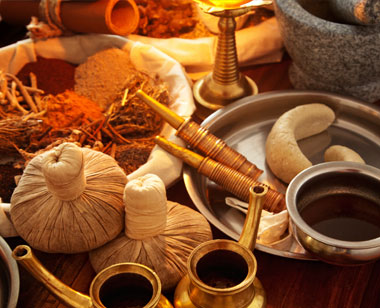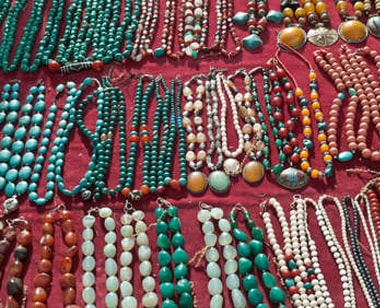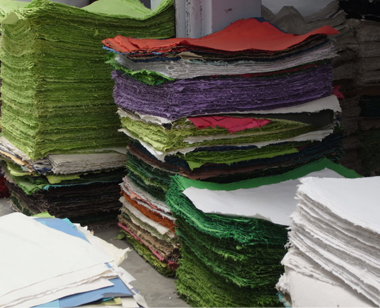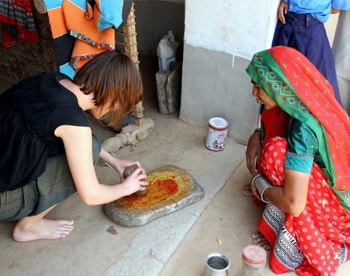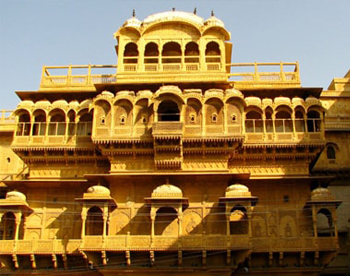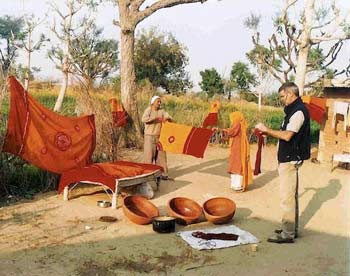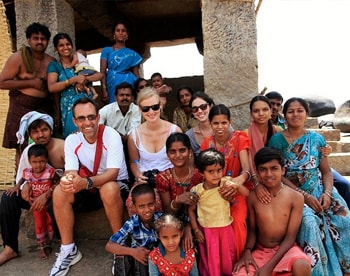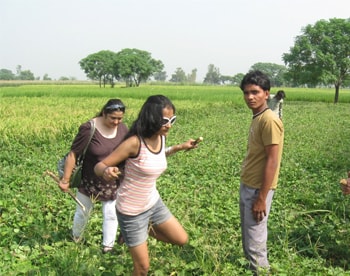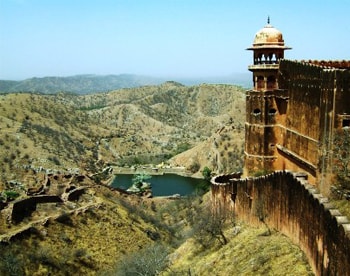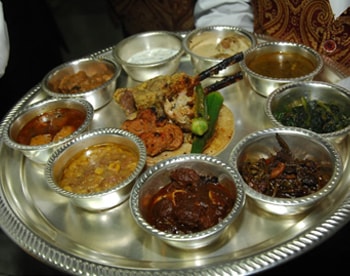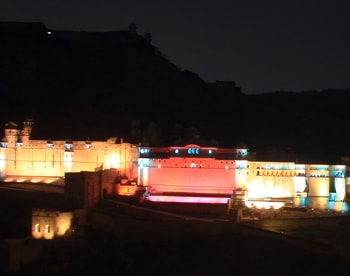Taragarh fort is positioned inside the town and a passageway above at the back the Chitrashala towards eastern side will take the tourists to the Taragarh fort.
History and Architectural brilliance of Taragarh fort:
Taragarh fort in Bundi is a glorious portrayal of Rajasthani architecture. In contrast to the majority of other palaces in Rajasthan, Taragarh fort has a negligible influence of Mughal structural design in its architecture. Taragarh fort in Bundi was constructed by Rao Bar Singh in the year 1372 A.D. The construction of the fort was finished by following emperors of Bundi. This fort greets the visitors and tourists inside its building through a massive gateway. Altogether, this fort possesses 6 gateways. The chief gateway that leads to the fort is bedecked with stone statuettes of elephants. Owing to the lofty altitude of its position, the Taragarh Fort commands a fantastic view over the Bundi town. Taragarh Fort has vast archaeological and chronological significance. In actual fact, one can enter the Taragarh fort through 3 gateways named Lakshmi Pol, Gagudi ki Phatak and Phuta Darwaza.
The Bhim Burj is a gigantic wall in the fort that includes a huge canon. The immense water reservoirs that were engraved from stones are the additional magnetism of this fort. Visitors can take pleasure in the impressive view of the Ajmer city from this Taragarh Fort. A part of this gigantic structure is not open for the view of the public. A treasure room that stores massive assets is whispered to be under the control of Afghan soldiers who guards the Taragarh fort. This happened for several centuries and the precise spot of the riches was not revealed to anyone except the chief of Pathan family. Also, the spot was maintained very secret that even the successive generations of the stately family did not know the place. Regrettably, when the very last Pathan deceased in the war, the place of the riches were mislaid permanently. Even though Maharao Bahadur Singh of the imperial family carried out a wide-ranging hunt, he could not find it. The riches are believed to be hidden inside the fort walls even now.
Fascinating Forts and Tunnels of Taragarh fort:
The Taragrah fort boasts Miran Sahib ki Dargah. Miran Sahib was the chief of the fort who surrendered his life in a war. The Dudha Mahal placed at a shorter distance from the Taragarh Fort is also a fascinating place to visit. The Taragarh fort has the motivating conviction of subways (tunnels) beneath ground that were utilized by the emperor and his generals to run away in case of unexpected invasion. Nevertheless, these tunnels have not been positioned until now. The Garh Palace symbolize an extraordinary instance of the wholesome Rajput construction, with arched roofs crowning kiosks and pavilions, an abundance of temple columns and decorative cohorts, and classically Rajput designs like lotus flowers and elephants. Eccentrically, the Garh palace is not constructed of the sandstone that is preferred by most other Rajput realms, but built of an unbreakable, green-shaded meandering stone that was mined in the neighborhood. This unique stone, dissimilar to the regular sandstone, does not provide itself to fine statuette. As an alternative, Garh Palace was embellished by wonderful work of arts.
Most important attractions of Taragarh fort:
Water reservoirs: The water reservoirs in the fort were once used for the water storage purposes. This helped for the water supply to the Garh Palace and community during water insufficiency. The complete discharge of the water from the water reservoir was believed to be immense to sweep away the populace who live underneath. An appealing aspect is that there were hose gates in these water reservoirs and whenever the water level arises higher than the hazard level, these gateways were unlocked. The gush of water that flows in pathways of the city endows a manifestation of tiny inland waterways.
Rani Mahal: The Rani Mahal is a tiny palace for the stately women of the Maharaja.
Bhim Burj and Garbha Gunjan: The field gun known as Garbha Gunjan is of a colossal size dwelling under the stone tower called Bhim Burj inside the premises of the fort.
Exploring the Taragarh Fort, Bundi
The palace is entered through the imposing Hathia Pol (“Elephant Gateway”), flanked by two towers and topped by a pair of huge painted elephants. The most spectacular parts of the palace are the Chattar Mahal (built in 1660), and the Chitrashala, an arcaded gallery (built between 1748 and 1770) overlooking a hanging garden. The murals in these are regarded as among the finest examples of Rajput painting. The themes they cover include scenes from religious ceremonies, hunting scenes and other princely amusements. The colors are predominantly blue and green, with touches of deep red and yellow.
How to reach Taragarh Fort, Bundi
By Air
Nearest airport is Sanganer, Jaipur.
By Rail
Nearest railhead is Kota Junction, on the Delhi-Mumbai rail route.
By Bus
Bundi is located on NH12 between Jaipur and Kota. The road conditions vary with rains and disrepair. There are frequent buses from Kota to Bundi and the journey by bus takes about an hour. A few buses run daily from Jaipur too and the trip takes 7-8 hrs.
 +919828167660, +919414075013
+919828167660, +919414075013

